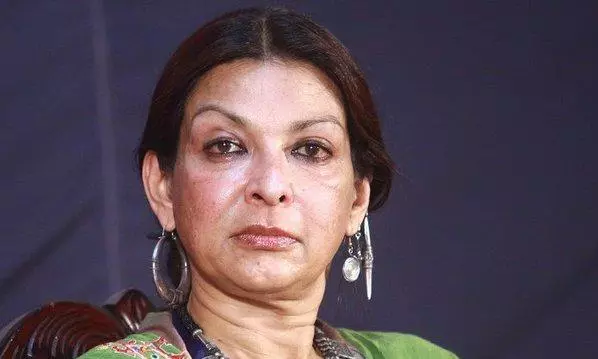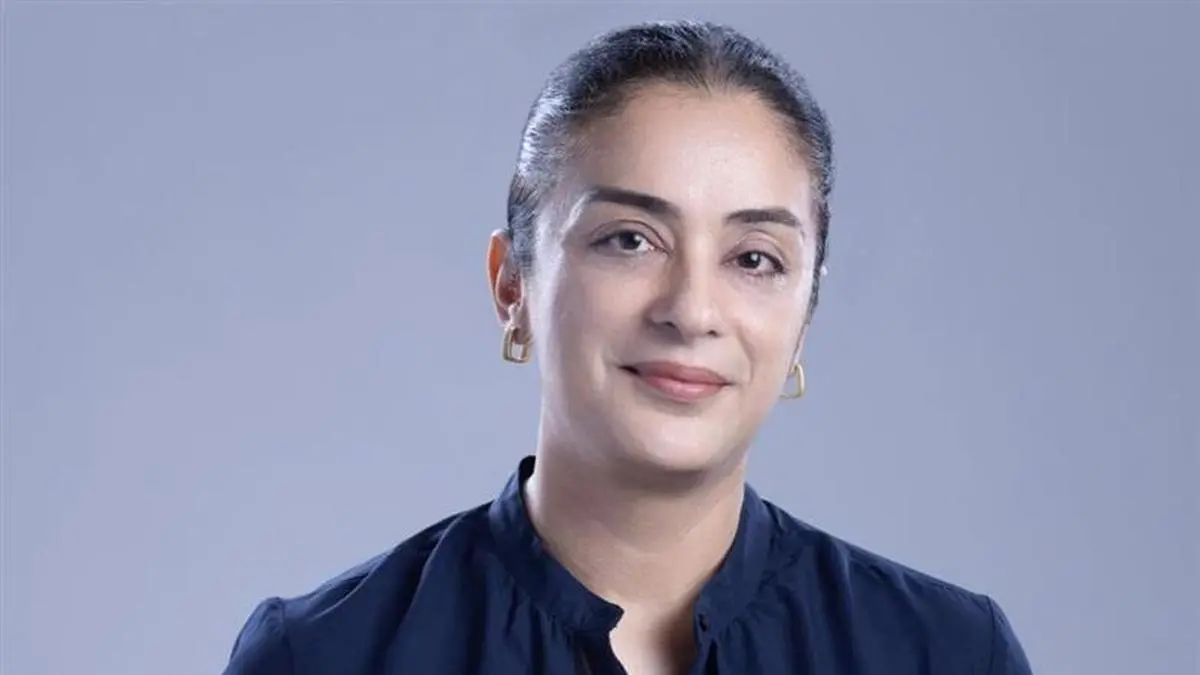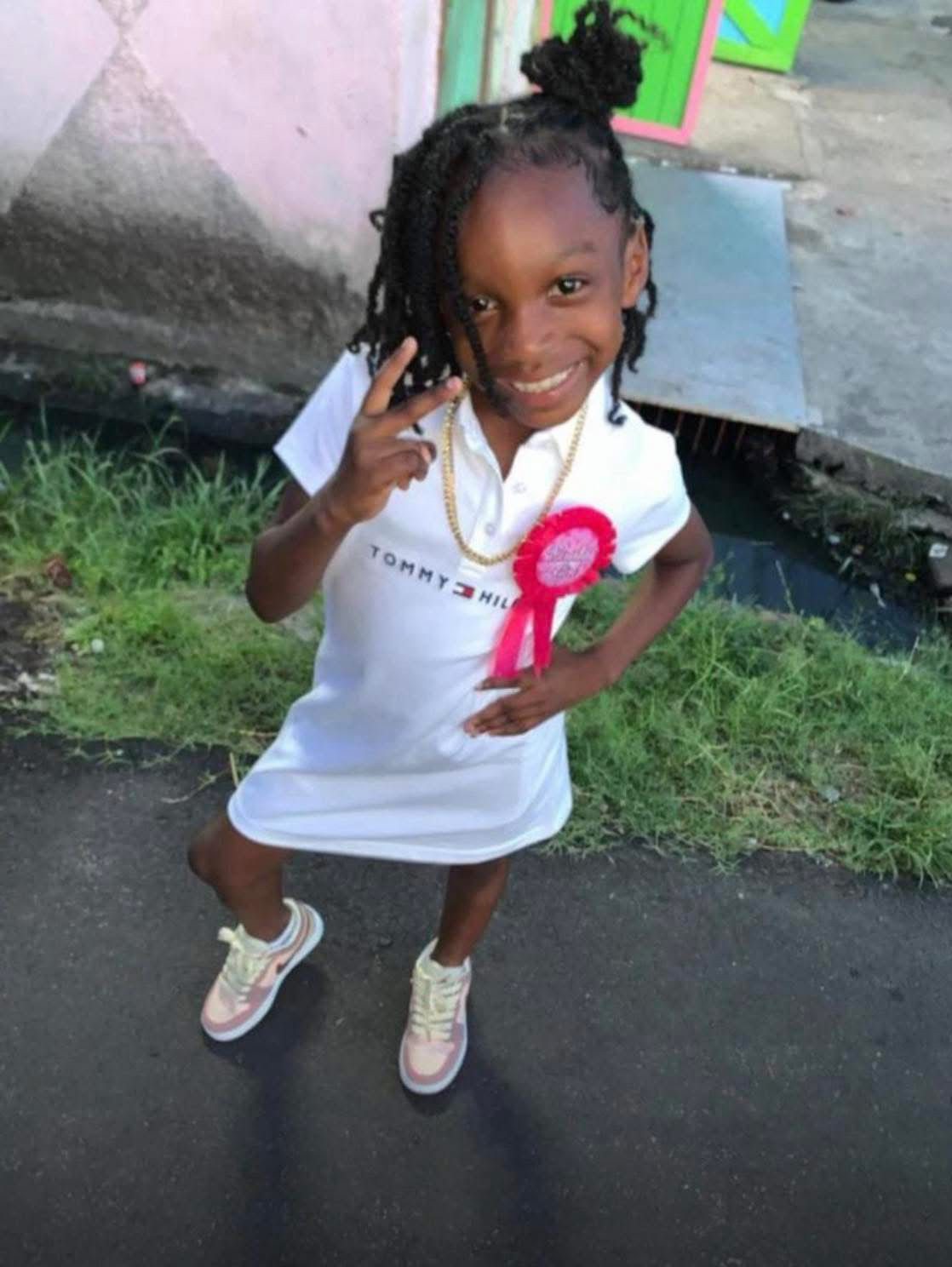Copyright deccanchronicle

Dancer, actor, writer, and social activist Mallika Sarabhai has spent decades redefining the boundaries of performance. Ahead of her interdisciplinary show ‘Meanwhile Elsewhere’ at Mumbai's prestigious NCPA Nakshatra Festival, she opens up about the evolving language of art, the responsibilities of artists, and the continuing quest to inspire change through creativity. ‘Meanwhile Elsewhere’ blends theatre, dance, and poetry — how do you see this interdisciplinary language resonating with audiences at NCPA’s Nakshatra Festival? The very fact that I still get invitations when I have done interdisciplinary work for the better part of 40 years, I think, is the answer. Don’t forget that I am the daughter of a scientist and an artist — I have always loved to mix the two. Over the years, your work has often blurred the line between performance and activism — how do you sustain that balance without compromising either art or advocacy? The first rule is that whatever you present has to be interesting enough to keep the audience in place. A lot of theatre is very worthy but boring as hell — and then you have lost your audience. We always say, “Keep the bums on the seats.” Whether or not people agree with me, the performance must be riveting enough to hold them. It should never become didactic. That’s the challenge — to make it an excellent performance, not propaganda. Unfortunately, many NGOs have given theatre a bad name by using it poorly. Worthy intentions, yes, but often a massacre of the arts. How much of a difference does the training actually make? All the difference in the world — and not just training, but continuing ‘riyaz’. People often ask why I still practise after so many years. I tell them: you set the bar higher each time, and as you grow older, you can’t rely only on the body. Indian dance must mature like old wine. If I still do today what I did at 25, I haven’t evolved. I rehearse every day because this body is my primary instrument — and on stage, I must think only of creating magic. From ‘Shakti’ to ‘Sita’s Daughters’, your narratives have redefined the portrayal of women in classical dance. What continues to drive your exploration of feminine power? It’s been almost 40 years since ‘Shakti, The Power of Women’, and sadly, women are in a worse situation today — they just don’t know it. Gen Z thinks they are free because they wear spaghetti straps, but real freedom was when, as an 18-year-old, I could drive two hours to a chai shop without my parents worrying. Today, even a seven-year-old crossing the street feels unsafe. Violence and caste divisions are sharper than ever. Sometimes I think the world needs a million of me to make a difference — thankfully, Instagram helps me reach a few more. Having grown up amidst art and science, how has your parents’ legacy shaped your own philosophy of using creativity as a tool for social change? My parents never spoke about it — they lived it. My brother and I saw people around us constantly working to make India, and humanity, better. He took environmental education, and I chose the arts. We often laugh, saying our parents must be smiling — whatever path we took, we are still trying to build a better world. We have had the privilege of ideas and education, not of money — but if you don’t use that privilege to make the world a better place every day, it’s a waste. Darpana has long stood at the crossroads of tradition and innovation — how do you keep classical forms alive while ensuring they speak to contemporary realities? Art forms are like languages. The same English used by Shakespeare is used by people spreading hate — it depends on who wields it. In ‘Fast Forward’, my new piece, I explore women’s agency across a thousand years, using Bharatanatyam’s grammar to talk about everything — from nuclear war to elections in Bihar. The limitation is never the art form; it’s the artist. How has the passion for Bharatanatyam evolved from when you began to what you see in today’s generation of students? For every thousand students, maybe one wants to pursue it professionally. Many learn it for a wedding video. But we keep them for years — to teach values, empathy, and awareness. Through Bharatanatyam, we teach them about discrimination, prejudice, and the world outside. My goal isn’t to create great dancers — it’s to create good human beings. If someone in Mexico learns Bharatanatyam with love, I celebrate it. The world is our oyster — just don’t create poison with art, create sunlight. After five decades of breaking boundaries, what remains your biggest curiosity as an artist — and what kind of change do you still hope dance can bring about? What can I do tomorrow that will change the world?



